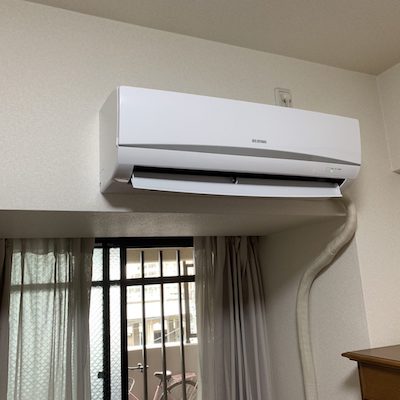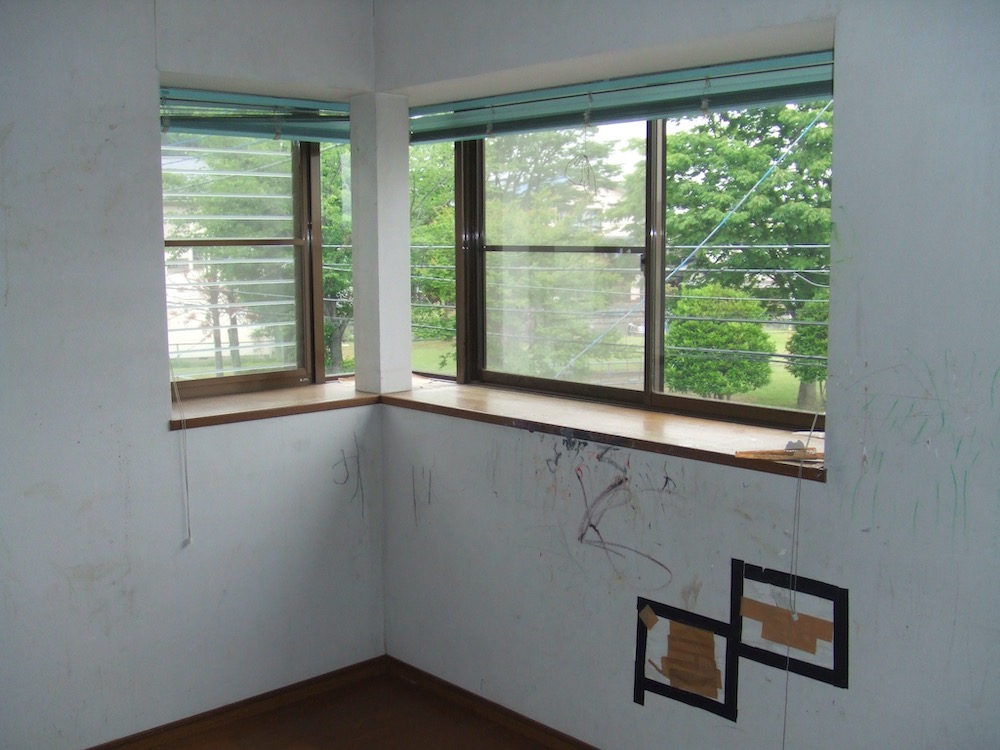Condo, heal thyself

One of the fees that condominium owners have to pay every month is called shuzenhi, which are contributions to a fund that will go toward large-scale repairs of common property in the overall structure, such as exterior walls and some plumbing shared by all the residents. This fee is separate from the management fee, which goes toward operation of the building and more immediate maintenance, including mandatory elevator inspections. Ideally, large-scale repairs should be carried out every dozen years or so, but they usually aren’t owing to difficulty in gaining approval from the needed majority of owners. As a result, many buildings fall into disrepair after several decades, but even when the homeowners get it together and vote for necessary work, there usually isn’t enough money in the fund to cover what has to be done. That’s because developers purposely set the monthly fees for the repair fund low so as to make it easier to sell units when they are first put on the market. We’ve read of cases where homeowners in some condominium buildings had to pay tens of millions of yen each on top of the money they’d contributed to the fund in order to get repair work done. Most condo operations are run by outside management companies, which may or may not be related to the original developers, and one of their tasks is to raise the shuzenhi gradually over the years so that there is enough money for the repairs, but, again, they need to gain the approval of the mandated portion of owners to do it, and that can be hard.
In response to this problem the construction ministry last month assembled a panel of experts to study a system, first implemented in 2022, for local governments to certify whether condo owners associations are operating properly. According to a ministry survey the amount of funds needed for long-term repairs is, on average, 3.6 times the amount collected using the original contribution calculation, but this real amount can go as high as 10 times the originally collected fund. Another survey conducted in 2018 found that 35 percent of condos nationwide have insufficient repair funds, which is likely a low estimate. According to a Feb. 23 article in the Asahi Shimbun, the ministry is trying to come up with better ways to persuade condo owners associations to increase their repair funds by adopting a savings plan based on long-term estimates of exactly how much money will be needed. Usually, when developers set the monthly contributions no such estimates have been made. The amount of the contribution is set arbitrarily based mainly on market considerations.
The revised plan that the ministry has submitted to the expert panel for study says that the amount needed for long-term repairs should be calculated and then divided into the number of owners and number of months remaining between the start of the fund and the proposed repairs. The ministry recommends that the actual monthly contribution be no less than 60 percent of the estimate and no more than 110 percent. However, if the fee is set at less than what is needed for the eventual repairs, the association can increase it over time by up to 80 percent. This means that if the full monthly contribution for long-term repairs is calculated to be ¥20,000 based on what the cost of repairs will be in the long run, the developer or whoever makes such a decision can set the actual contribution as low as ¥12,000, but then can increase it over time to ¥22,000.
Such a plan would be included in the management authorization system that local governments use to certify condo owners associations. Certification is based on whether the association has a long-term repair scheme. If the local government grants certification, the association is entitled to borrow money for large-scale repairs at a lower interest rate.
In a followup report on Feb. 27, the Asahi looked at a condominium in Tokyo’s Adachi Ward that contains 28 units and was built in 2008. Three years ago, the owners association increased the repair savings fund contribution 3.5-fold. The 45-year-old head of the association said that when he took over the position in 2017 he realized that the fund was about ¥20 million short of what it should have contained according to the initial savings plan. The reason for the shortage was that previous association heads did not carry out contribution increases every three years in accordance with the initial plan. The current head invited an expert to talk to other members of the association about what they needed to do, saying that if they didn’t carry out these needed repairs, the building itself would need even more expensive work down the line just to keep it working. Though the owners approved the new contribution plan, it took two years and 8 months to convince them.
The purpose of the ministry’s certification system is to avoid this kind of delay because increases in contributions would be incorporated into a plan, but as the Adachi example shows, even when such a plan exists it doesn’t mean the owners association will stick to it. The certification system is an incentive, but it is not mandated by law. For that reason, in addition to being eligible for lower interest rates to borrow money for repairs, the panel has suggested that associations who devise a plan and stick to it could have their property taxes lowered. As of the end of February, only 481 condo associations nationwide have been certified. The panel believes that the guidelines for the system should provide more of an incentive if such certification doesn’t have the force of law behind it.
Read More







